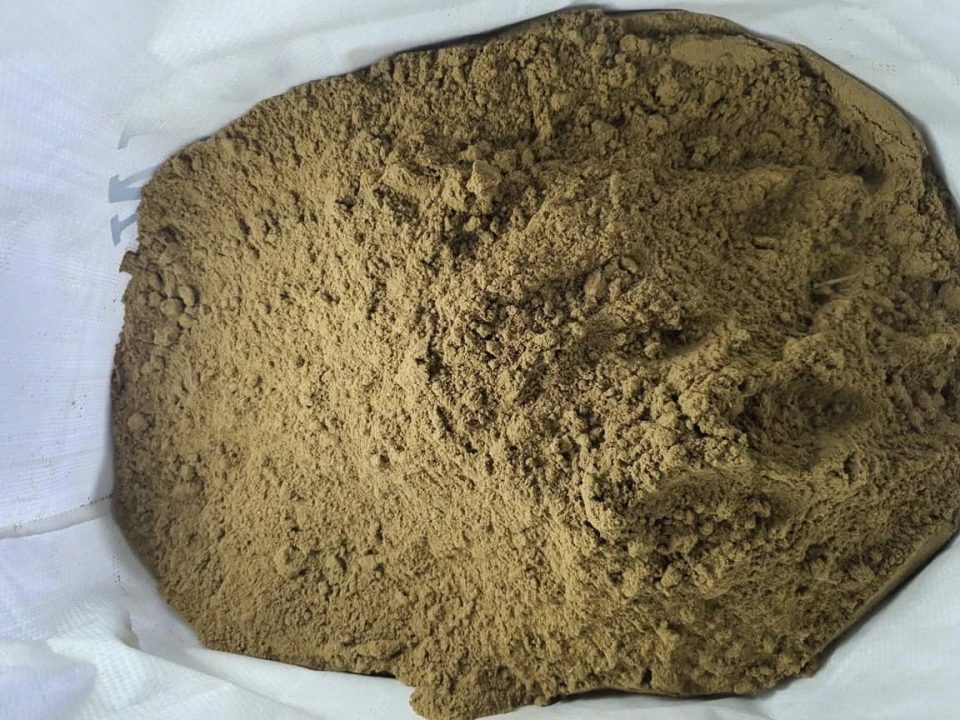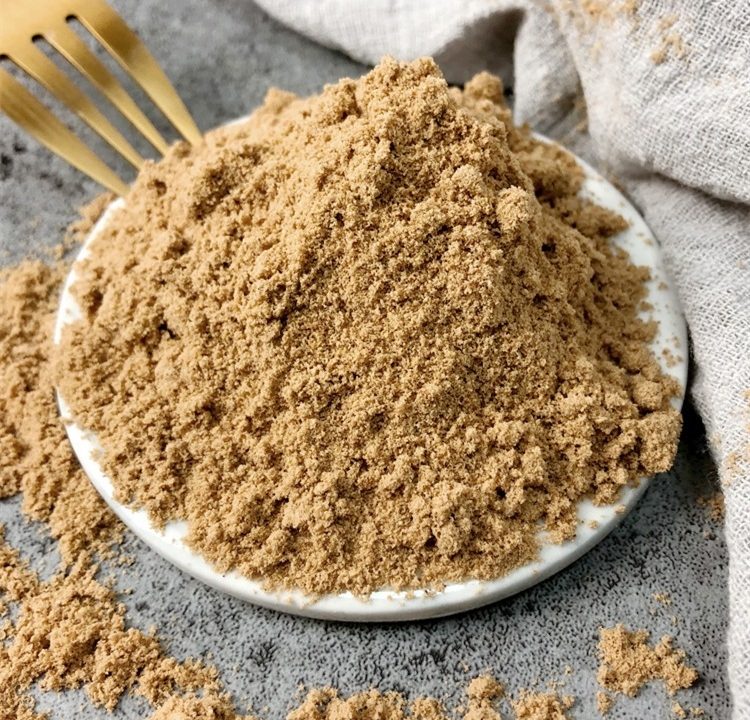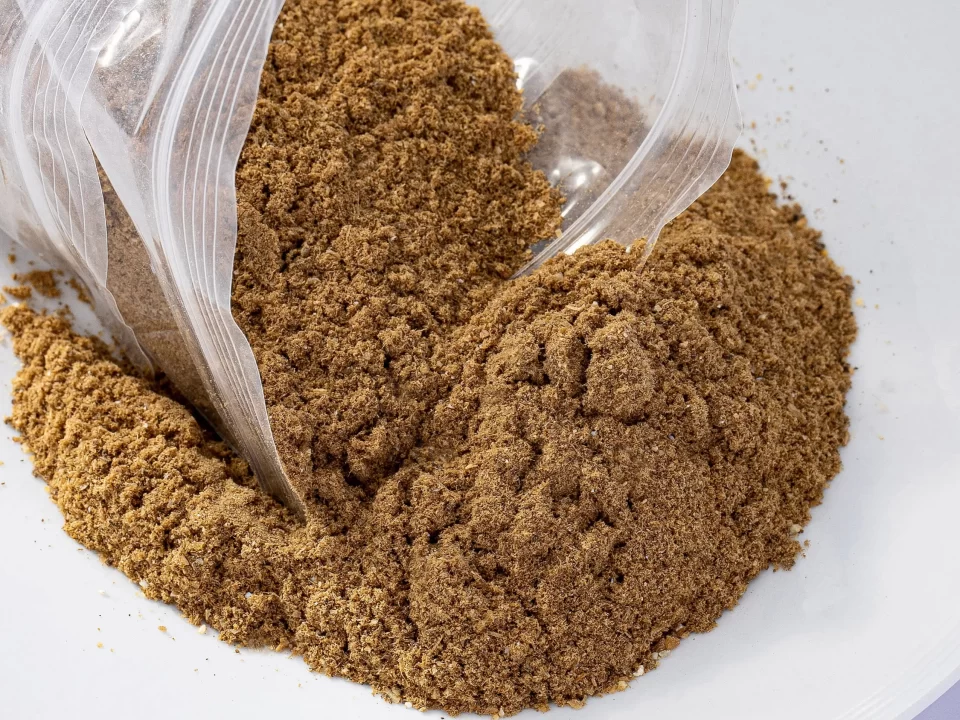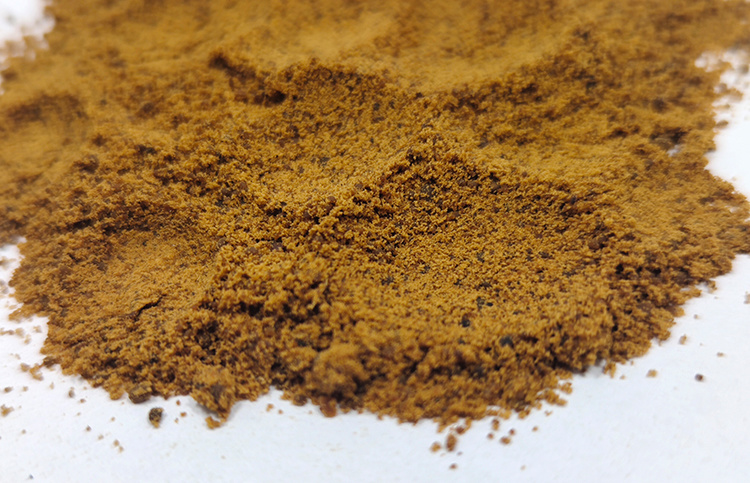Studies on Protein and Amino Acid Digestibility of Chicken Meal Powder in Pet Species

Raw Material Specifications for High-Quality Chicken Meal Powder in Pet Feed
October 3, 2025
Chicken Meal 60% Powder for Animal Feed Additive
October 18, 2025In Vivo StudiesIn vivo assessments measure apparent or true total tract digestibility (ATTD or TTID) via fecal/oral collections or ileal cannulation, correcting for endogenous losses. These often use the precision-fed cecectomized rooster assay as a validated model for dogs, avoiding microbial interference in the hindgut.
- Species Comparison (Dogs vs. Cats): A 2020 study evaluated 28 commercial pet foods (dry and wet) using the AAFCO total fecal collection protocol (5-day collection after 7-day acclimation). True protein digestibility was significantly higher in cats (95.4% ± 3.7% for dry foods; 94.8% ± 3.0% for wet) than dogs (89.8% ± 3.7% for dry; 86.7% ± 5.0% for wet; p < 0.01). For animal-based proteins (including poultry meals like chicken meal), cats maintained ~96% digestibility even in mixed-species formulas, versus ~88% in dogs. Chicken meal’s protein utilization in cats was equivalent to corn gluten meal, suggesting robust amino acid absorption. In dogs, poultry meal outperformed soybean meal but matched poultry by-product and beef/bone meals.
- Chicken Meal in Dogs (Methionine Focus): A 2024 in vivo study using the indicator amino acid oxidation (IAAO) technique in 10 neutered male dogs (Latin square design) assessed methionine metabolic availability (MA) in chicken meal versus peas. Chicken meal showed only 31% MA relative to peas, with higher oxidation rates indicating reduced bioavailability—likely from rendering-induced damage (e.g., Maillard reactions). True ileal digestibility for methionine was lower in chicken meal than in unprocessed chicken forms, though overall protein digestibility remained >85%. This challenges chicken meal’s use as a “gold-standard” reference for dog feeds.
- Human-Grade Dog Foods (Including Chicken-Based): A 2020 precision-fed cecectomized rooster assay tested six human-grade dog foods (e.g., beef/russet potato with chicken-like poultry elements). True amino acid digestibility exceeded 85% for most indispensable amino acids (e.g., lysine 92%, leucine 90%), with nitrogen-corrected true metabolizable energy (TMEn) higher than predicted by NRC/Atwater equations. Protein digestibility averaged 88-92%, outperforming extruded kibbles due to milder processing. A follow-up 2023 study on vegan human-grade analogs (proxy for comparisons) confirmed >85% indispensable amino acid digestibility, suggesting chicken meal in similar formulations would align closely.
No cat-specific in vivo studies on pure chicken meal were identified, but extrapolations from mixed-protein diets indicate 92-96% true digestibility, 5-7% higher than dogs.In Vitro StudiesIn vitro methods simulate digestion (pepsin-HCl for gastric, pancreatin/enzymes for intestinal phases) to estimate ileal disappearance, offering rapid screening before in vivo validation.
- Chicken Meal Formulations in Companion Animals: A 2022 study simulated gastric (2h at 39°C, pepsin-HCl) and intestinal (4h at 39°C, multi-enzyme mix) digestion on three chicken-based dry foods: fresh chicken (CFM), mix of fresh and meal (CMix), and pure chicken meal (CMM). Protein digestibility was 90+% for CFM, 89% for CMix, and 87% for CMM. Amino acid digestibility mirrored this: essential amino acids (e.g., lysine) at 92% (CFM) vs. 85% (CMM), with taurine at 201 mg/100g soluble in CFM vs. 134 mg/100g in CMM. Soluble protein (Bradford assay) strongly correlated with digestibility (R²=0.81), highlighting rendering’s impact on chicken meal.
- Thermal vs. Non-Thermal Processing of Chicken: A 2021 in vitro ileal disappearance assay tested raw chicken processed thermally (70-121°C) or non-thermally (high-pressure, UV-LED, irradiation). Raw chicken showed 80-87% crude protein disappearance. Thermal processing reduced this to 64.6% (121°C, 15 min) from 84.6% (unprocessed), due to protein denaturation. Chicken meal (rendered, akin to high-heat) aligned with ~75-80% digestibility, while non-thermal methods preserved 85%+. This underscores rendering’s trade-off: concentration vs. slight digestibility loss.
- Commercial Dog Foods with Chicken Meal: A 2020 in vitro assay (pepsin/pancreatin) on 24 extruded dry dog foods (8 poultry-based, including chicken meal) reported 84.4% organic matter digestibility for poultry formulas, with crude protein content at 24.9% (20.8-30.8% range). Protein digestibility inferred ~82-86%, lower than fish-based (87.9%) but higher than lamb-based (83.0%). Chicken meal contributed to consistent amino acid profiles but showed brand variability.
Comparisons to Other Common Protein SourcesChicken meal generally excels over plant sources but lags fresh animal proteins due to heat processing. The table below compiles true digestibility (%) from key studies (in vivo unless noted; averages for indispensable amino acids like lysine/methionine where specified).
|
Protein Source
|
Dogs (Protein/AA Digestibility %)
|
Cats (Protein/AA Digestibility %)
|
Key Notes/Comparison to Chicken Meal
|
|---|---|---|---|
|
Chicken Meal (Rendered)
|
85-89% (protein); 82-87% (AA, e.g., Met 75%)
|
92-96% (protein); ~90% (AA)
|
Baseline; lower Met MA (31% vs. peas); 80% overall vs. lamb meal (70-75%).
|
|
Fresh Chicken
|
88-92% (protein); >90% (AA)
|
94-97% (protein); 92-95% (AA)
|
3-5% higher than meal; less processing damage; preferred in premium feeds.
|
|
Soybean Meal (Plant)
|
78-85% (protein); 75-82% (AA)
|
85-90% (protein); 82-88% (AA)
|
5-10% lower in dogs; similar in cats at high inclusion; anti-nutritional factors reduce AA.
|
|
Poultry By-Product Meal
|
84-88% (protein); 80-85% (AA)
|
91-95% (protein); 88-92% (AA)
|
Comparable to chicken meal; slightly lower due to variable organs/bones.
|
|
Beef/Bone Meal
|
82-86% (protein); 78-83% (AA)
|
90-94% (protein); 85-90% (AA)
|
Matches chicken meal in dogs; higher ash reduces net protein yield.
|
|
Lamb Meal
|
75-82% (protein); 72-80% (AA)
|
88-92% (protein); 85-88% (AA)
|
5-8% lower than chicken meal; higher fat oxidation risk.
|
Insights: Chicken meal outperforms plants (e.g., +7% vs. soy in dogs) and matches by-products but underperforms fresh meats (e.g., -3% protein due to rendering). In cats, species adaptations yield 5-7% higher values across sources. For your product, aligning with AAFCO (min. 50% protein, >85% digestibility target) positions it favorably, though enzyme enhancement could boost AA scores to >90%.These findings substantiate chicken meal’s role as a bioavailable, cost-effective protein, with ongoing research (e.g., 2025 brewed chicken trials) exploring digestibility enhancements. If proprietary data exists, it could refine these benchmarks.






